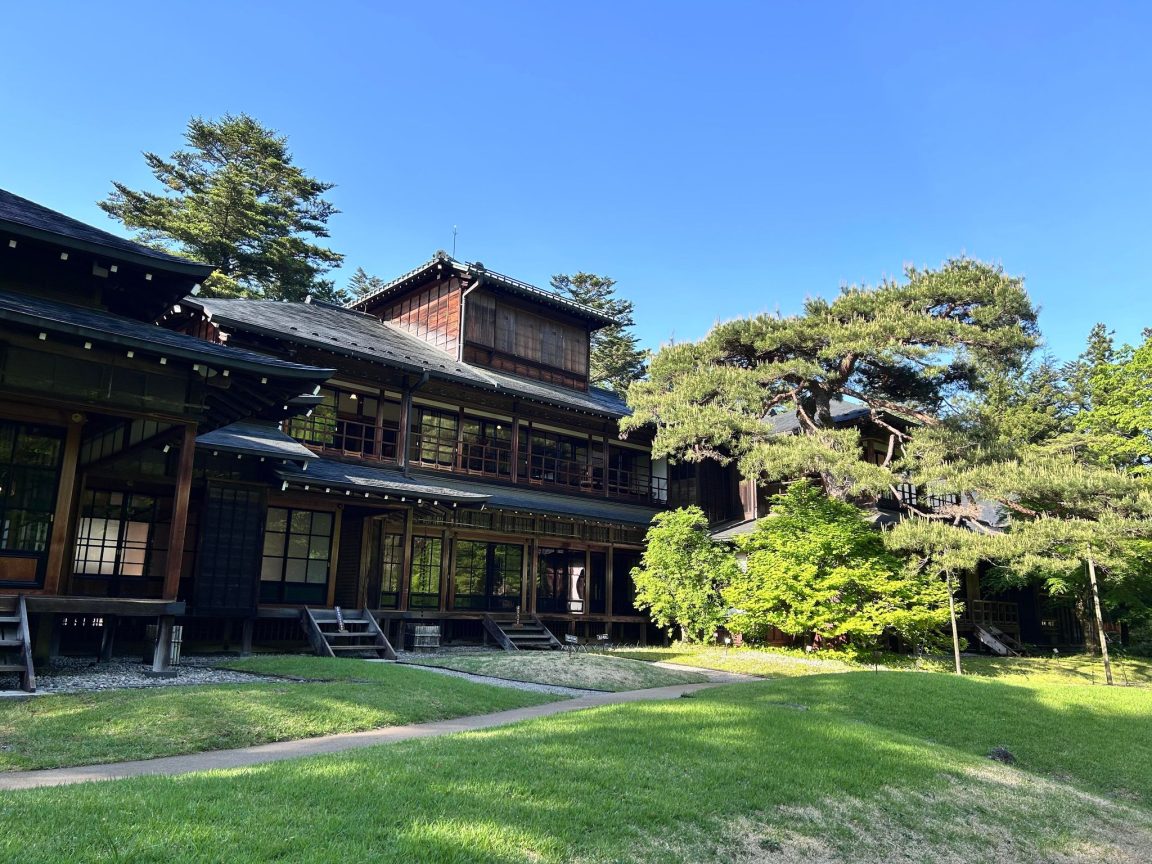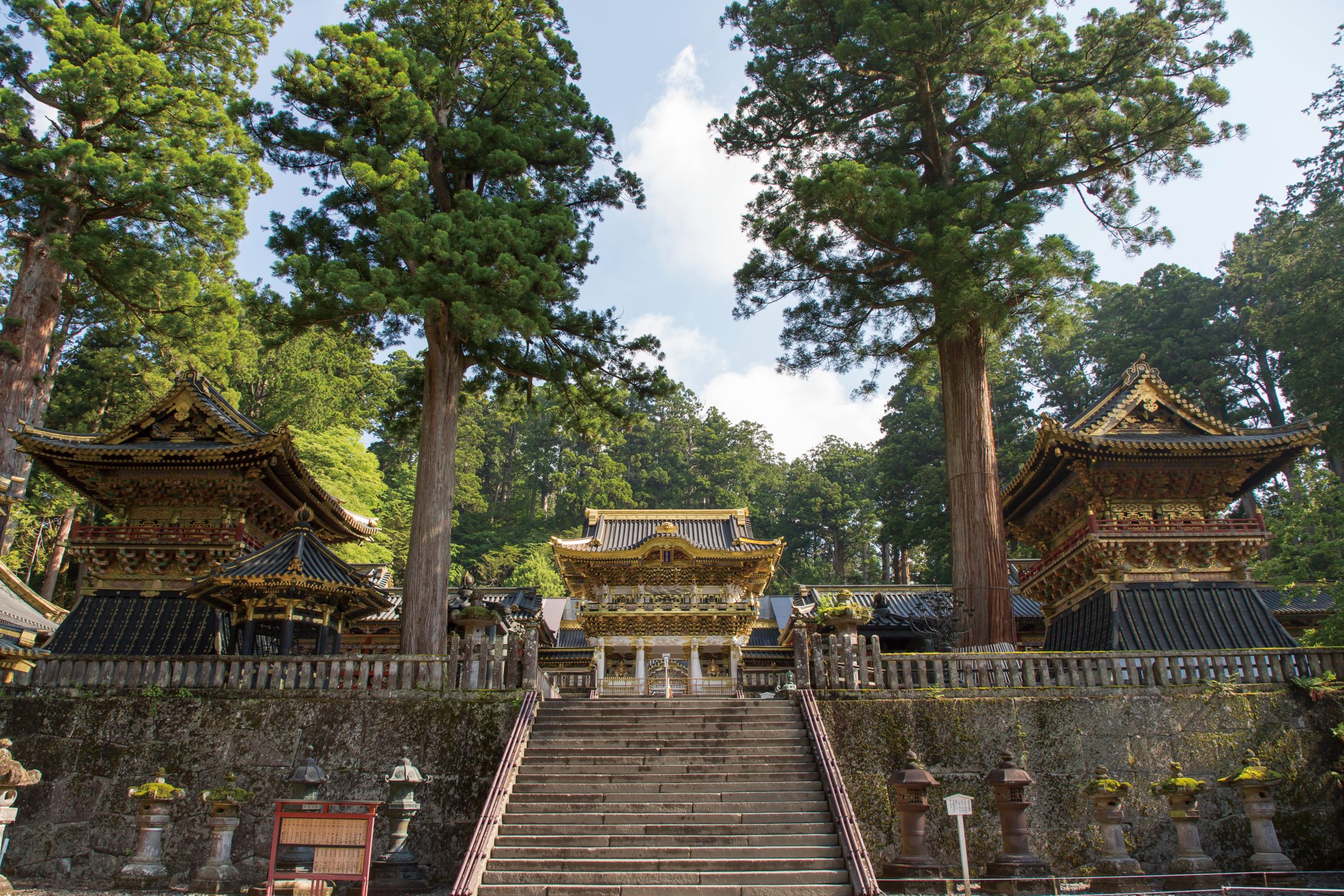Nikko Tamozawa Imperial Villa Memorial Park
See & Do
We use cookies on this site to enhance your user experience. If you continue to browse, you accept the use of cookies on our site. See our cookis policy for more information.

Nikko, the land where the gods lives.
Nikko has been an important area for “Mountain Beliefs” since the Japanese monk Shodo Shonin became the founder of Nikko in 766. Many temples and shrines have been established in the Nikko area, making Nikko an extremely important center of faith and a place where spiritual energy meets.
After Tokugawa Ieyasu, who founded the Edo Shogunate, was named “Tosho Daigongen” and buried in Nikkō Tōshō-gū Shinto Shrine, Nikko was honored and cared for by the Shogunate, and became a well-known religious shrine. With the support of the Shogunate, many of Nikko’s temples were properly maintained, and even the carvings on the buildings are lavish and beautiful, crystallizing the traditional craftsmanship of the whole of Japan.
World Heritage Site “Shrines and Temples of Nikko”
The “Shrines and Temples of Nikko”, which was officially recognized as a World Heritage Site in 1999, consists of three temples and shrines, Nikko Toshogu Shrine, Nikko Rinnoji Temple, and Nikko Futarasan Shrine, and has a total of 103 buildings (9 National Treasures and 94 Important Cultural Properties).
Nikkō Tōshō-gū is famous for honoring Tokugawa Ieyasu, the first shogun of the Edo Shogunate, and there are many splendid and delicate carvings inside the shrine, which are said to be the masterpieces of the best craftsmen from all over Japan. Today, this traditional art has been passed down from the descendants of these craftsmen to the local Nikko traditional art of Nikko Bori (Nikko carving).
Nikkosan Rinnoji Temple, originally founded by Shodo Shonin, has a long history in Nikko. In addition to the main hall of the temple, which is known for being the largest wooden complex in the entire Eastern Japan region, the “Taiyuin Temple,” dedicated to Tokugawa Iemitsu, the third shogun of the Edo Shogunate, also attracts travelers with its intricate and beautiful carvings.
Nikko Futarasan Shrine was also built by Shodo Shonin and has been called “Shimono Province’s first Shrine (present-day Tochigi Prefecture)” since ancient times. In addition to managing Mt. Nantai, which is a symbol of mountain beliefs, Nikko Futarasan Shrine also holds the “Yayoi Festival” every year, which symbolizes the visit of spring to the Nikko area and is a must-see festival for tourists.
| Address | Tochigi Prefecture, Nikko City, Sannai |
|---|---|
| Website | https://www.city.nikko.lg.jp/soshiki/1/1002/2/1893.html |
| Business Hours | ■Nikkō Tōshō-gū Shrine Apr. – Oct. / 9:00 –17:00 Nov. – Mar. /9:00 –16:00 ■Nikkozan Rinnoji Temple Apr. – Oct. / 8:00 –17:00 Nov. – Mar. /8:00 –16:00 ■Nikko Futarasan Jinja Apr. – Oct. / 8:00 –17:00 Nov. – Mar. /9:00 –16:00 ※Reservations end 30 minutes before gate closure. |
| Days Closed for Business | none |
| Price | ■Nikkō Tōshō-gū Shrine adult(High school students and above) 1,600 yen Elementary/middle school students: 450 yen ■Nikkozan Rinnoji Temple (Hall of Three Buddhas) Adults: 400 yen Elementary/middle school students: 200 yen ■Nikko Futarasan Jinja: Shrine Gardens entrance fee 300 |
| DIRECTIONS | JR Tōbu-Nikkō Station → (About a 7-min bus ride) → Nishisando bus stop → 7-min walk |
The Nikko area, in the northwestern part of the prefecture, is particularly mountainous. In the midst of the rich nature, including the 2,486-meter-high volcano Mt. Nantai, Lake Chuzenji, and Kegon Falls, there are numerous shrines and temples that are registered as UNESCO Cultural Heritage sites. From Kinugawa Onsen to Kawaji Onsen, hot springs can also be found throughout the area. There are a wide range of outdoor activities to enjoy as well, such as stand-up paddleboarding in the summer and snowshoeing in the winter.